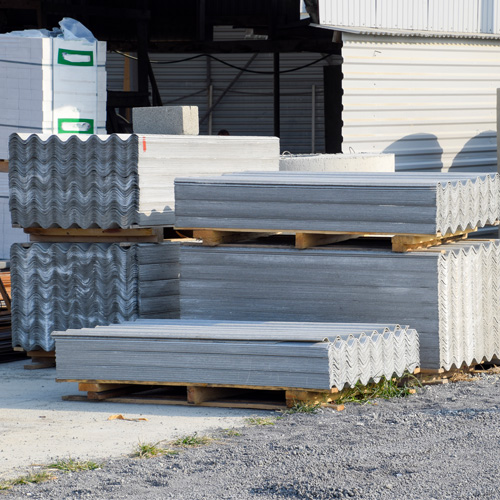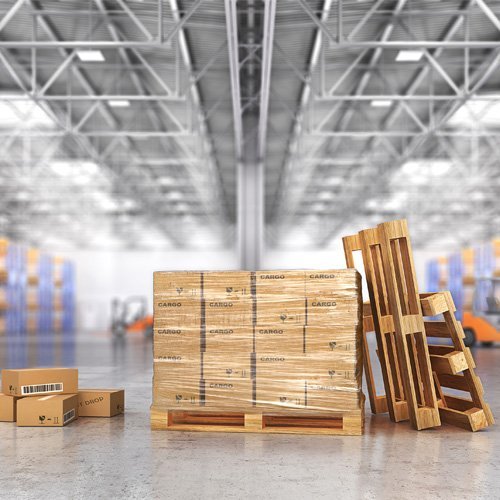

How to Reduce Deadly Waste in Professional Services: Talent
Talent waste happens when your team isn’t engaged enough in their jobs to give you their creative best. When your doctors, nurses, and front-end staff feel empowered enough to stop you in the hallway with a “what about this,” the win goes to the patient and, by extension, your clinic.
Process improvement can’t happen without your staff. In healthcare, however, burnout poses an exponential threat to medical professionals, heightening not just Talent waste, but increasing risk of misdiagnosis.
What is Burnout?
Although not as prevalent in clinics as in hospitals, fatigue and burnout still loom large. Consider that some of your team may have a hospital position or be part of an intensive training program as well as their clinic shifts.
Burnout happens when doctors and nurses become so fatigued that exhaustion becomes emotional. They’ll feel detached from their job and will find it hard to locate any sense of personal accomplishment throughout the day, regardless that they heal people for a living.
At its worst, burnout can lead to difficulty focusing and may even affect meaningful interpersonal relationships. Here’s what you can do about it:
- Communicate: Be accessible for a few words around the coffee machine or in the hallway. Informal, friendly dialogue has the dual advantage of giving you a read on how they’re feeling and potentially offering one of their few non-medical, social interactions in their work day.
- Be Respectful: Doctors and nurses know when burnout is happening. It’s up to you to create a culture wherein they feel comfortable reporting it. When they do, it becomes your responsibility to help them however you can. Respect like that can help stop potentially dangerous scenarios before they happen.
- Prioritize Balance: Medical professionals report a lack of work/life balance more than any other profession. We all need time to detach from workplace pressures. As an extension of the culture of openness you create, try to make time for your doctors and nurses to go to personal events like a wedding, a child’s play, or a weekend away.
- Facilitate Community: Medical professionals often feel very lonely in their jobs, even when surrounded by patients all day. Encourage social connections where peers can have dinner, grab a drink after shift, or enjoy social interactions that aren’t clinical, and that connect them with people who are probably facing the same work/life issues they are.
- Audit Barriers: Do your staff face internal obstacles? Look at the forms they’re filling out, the reports they’re writing, and the behind-the-scenes processes that they’re doing daily. While much of that is regulatory and untouchable, some of it is probably just “how you’ve always done it” and potentially wasting time that they could be spending with patients or learning more about their speciality.

Lean Thinking
Think about your team one by one. Are there any individuals who, if they felt exhausted, emotionally drained, or frustrated at encountering administrative roadblocks, wouldn’t feel comfortable coming to you or another manager about it?
You’re not making widgets or houses. Healthcare’s product is well being. Lean thinking focuses on how to improve value to the patients across the entire industry.















